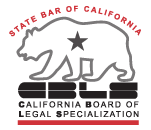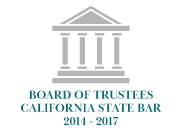Charitable lead trusts fall into the general category of trusts that benefit charities. Sometimes known as CLTs, these special trusts allow generous donors to give money to charities for years, then benefit relatives or friends.
What Is a Charitable Lead Trust?
A charitable lead trust gives money to a charity or charity for a set number of years, sometimes based on one or more people’s lifespans. After those years pass, other non-charity beneficiaries such as family members receive the rest of the money in the trust. In contrast, a charitable remainder trust provides money to family members or other non-charity beneficiaries for a set time period, and then charities receive the rest of the money.
How Do You Fund a Charitable Lead Trust?
A charitable lead trust can receive funds either during the trust creator’s lifetime from his or her assets, or by will after the trust creator’s death. In other words, the creator can transfer money directly to the trust. Or he or she can prepare a will that leaves some of the estate to the trust. Once the trust has money, it can begin transferring money to the charity or charities that are beneficiaries.
How Long Will a Charitable Lead Trust Last?
Charitable lead trusts give money to charity for either a specific number of years listed in the trust document, or for the entire remaining lifespan of specific people. For example, the trust might give to charity as long as the trust creator is alive.
How Much Money Will the Charity Beneficiary Receive?
The amount of money that the charity beneficiary or beneficiaries receive depends on the terms of the trust document. You can set the payments at either an annuity (a fixed amount per year) or a percentage of total trust assets. Talk to a legal advisor about which option to pick and how to make sure the trust meets IRS tax rules.
How Much Money Will the Family Member Beneficiaries Receive?
The family member beneficiaries, sometimes called contingent beneficiaries because their interest in the trust only begins when the charity’s interest ends, receive what is left in the trust after the charity is paid. If the trust is structured and funded with the intent of leaving some money to the family beneficiaries, and if trust money is well-managed, there should be some money left for the family. Alternatively, the trust creator may designate himself as the beneficiary in some cases.
Planning your estate? Look to Janet Brewer, Esq. for thorough and thoughtful estate planning advice. Janet’s more than 20 years of legal experience will give you confidence and peace of mind. To schedule a “Get Acquainted” meeting, visit Janet’s website or call her office at (650) 469-8206.








